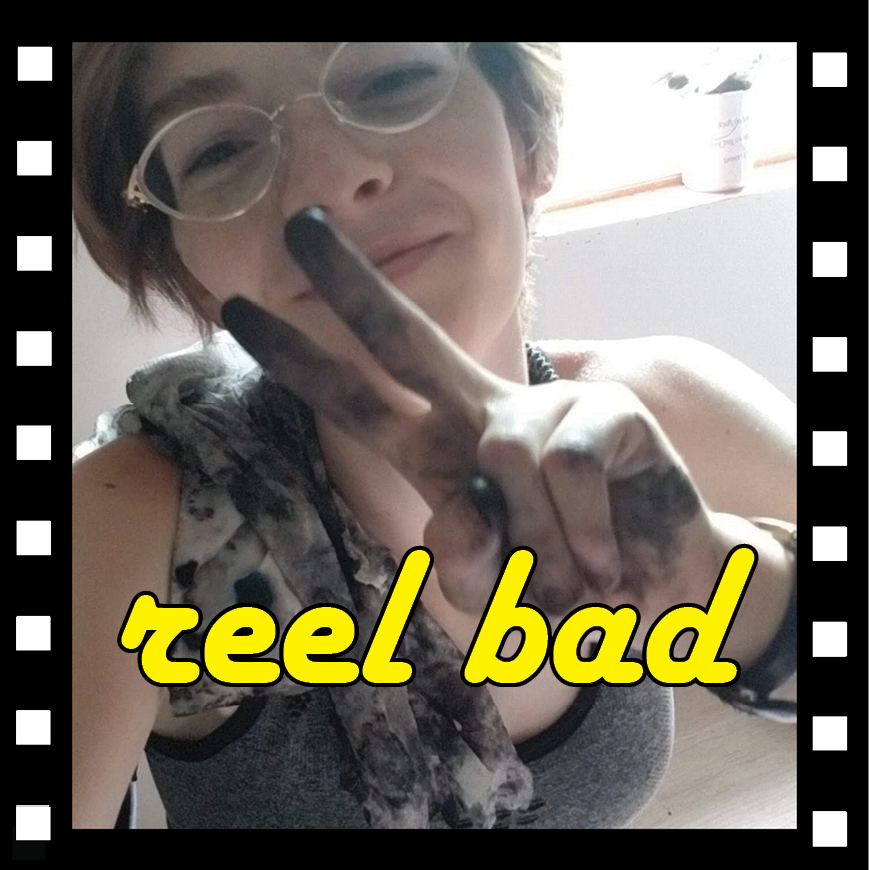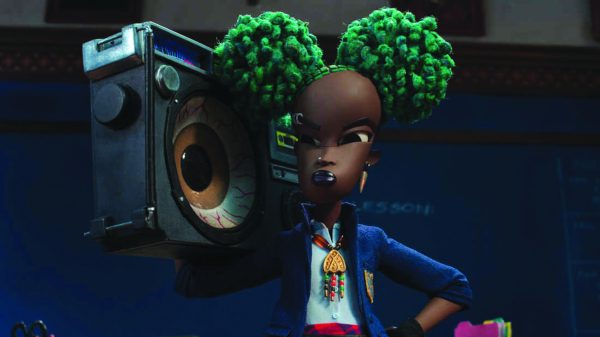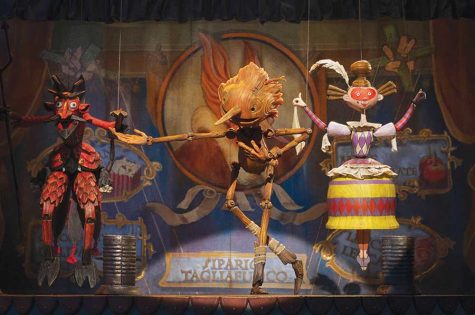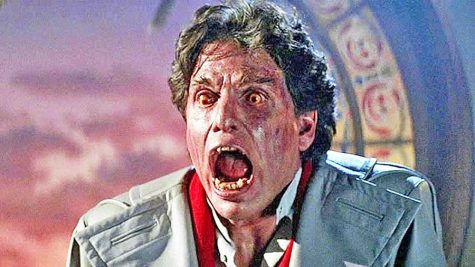Reel Bad? No, I said Reel BAT
There’s no arguing that 1997’s “Batman and Robin” was cinema’s greatest failure to present the caped crusaders on screen. That said, there’s a special place in my heart for Batman’s first breach of the big screen in 1966, with the release of “Batman: The Movie.”
A spinoff from the live-action TV series that ran at the time and featuring many of the same actors, “Batman” has all the camp of classic comics and all the blundering of the best B movies. Its childish innocence and absurdist humor have earned the film no end of praise from camp enthusiasts such as myself.
In “Batman,” the titular character is played by Adam West, and he gets at the core of what Batman represented in the sixties–a stoicism and nobility that are oversold just enough to be laughable.
One of the most iconic moments of the movie sees Batman running through the streets with a basketball-sized explosive, fuse sparking in his face, as he tries to find a place to dispose of it safely.
Lacking the grit and edge associated with the modern Dark Knight, he even refuses to throw it into a nearby lake due to a family of swimming ducks.
“Some days,” he says, “you just can’t get rid of a bomb.”
Robin is played by Burt Ward, and he brings an astonishingly well-balanced performance of the boy wonder. One minute, he’ll be the overenthusiastic voice of inexperience to Batman’s honed crime-fighting skills, and the next, he’ll be glaring at Bruce with a fed-up sarcasm that drips through the screen.
The premise of the movie is simple enough–a morally distinct good versus evil, where good is stopping crime and punching sharks, and evil is buying prenuclear submarines and kidnapping the United Nations security council.
For the fearsome four offenders, there could hardly have been a better choice than to recast Burgess Meredith as the Penguin–his demeanor, facial expressions, and vocal performance made the corrupt capitalist by far the most engaging villain of the film.
Lee Meriwether as Catwoman was one of the few casting changes made from the TV show, and she performed admirably alongside the rest of the villains. The sexual tension between Batman and her Russian alter ego, Kitka, was goofy, awkward and just the right kinds of uncomfortable.
I felt Cesar Romero’s Joker was underutilized by the script–much of the time, it felt like he was more of a prop than a character, and Frank Gorshin’s Riddler seemed to take over the role of high-energy, low-sanity villain.
Of course, the Riddler contributes one of the best aspects of the movie–the opportunity to watch Batman and Robin make leaps of logic to connect the dots of his riddles, a feat they always perform flawlessly.
This omniscience is not limited to the heroes, as both sides of the law seem to have an uncanny intuition, especially regarding the discovery of secret weapons and plans. The action scenes frequently feature a tennis match of gadgetry, and there’s no telling what the next gizmo will do, or fail to do, as is often the case.
In keeping with his lighthearted oigins, Batman’s victories are just as often achieved through pure chance as they are through persistence or skill on his part. The low-budget costumes add to this effect, and the movie even pokes fun at Batman’s casual incompetence.
“Let’s go, but inconspicuously,” he tells Robin after they blunder a crucial task, “through the window. We’ll use our Batropes.”
The Bat-prefix is one of the goofiest parts of the movie, and it always elicits a chuckle alongside my favorite part–the labels. My God, the labels.
If there’s a prop in this movie, someone has slapped a cartoony, made-up title onto it, and there are some true gems hidden among the Batcave and the villains’ hideout.
Some of my favorites are a safe with “PERSONAL” and “CAT FOOD” stickers on it and a filing cabinet with “METALLIC CONFETTI” at the top and various colors on each drawer.
Another that comes to mind is a metal box with colored lights marked, “FILM DEVELOPING TANK (SUPER FINE BATGRAIN),” directly beside a needlessly labeled “MAGNIFYING LENS,” and these all show up in just the first 20 minutes.
The movie even lampshades this quirk later on, as Batman tells the Penguin, “The drinking water dispenser is clearly marked,” and we then pan to see a sign the size of a skateboard labeled, of course, “DRINKING WATER DISPENSER.”
This consistent self-awareness is what saves “Batman” from being a corny product of the past and preserves it instead as a favorite movie and an homage to the campier days of comic book storytelling–where all a man had to do to be a hero was put on some spandex and carry a can of Shark Repellent Batspray… whatever that is.

Senior, Creative Writing
From Fletcher, VT
Spring 2020-Present
"Call me mommy and I'll bring you blankets and hold you while you cry."













